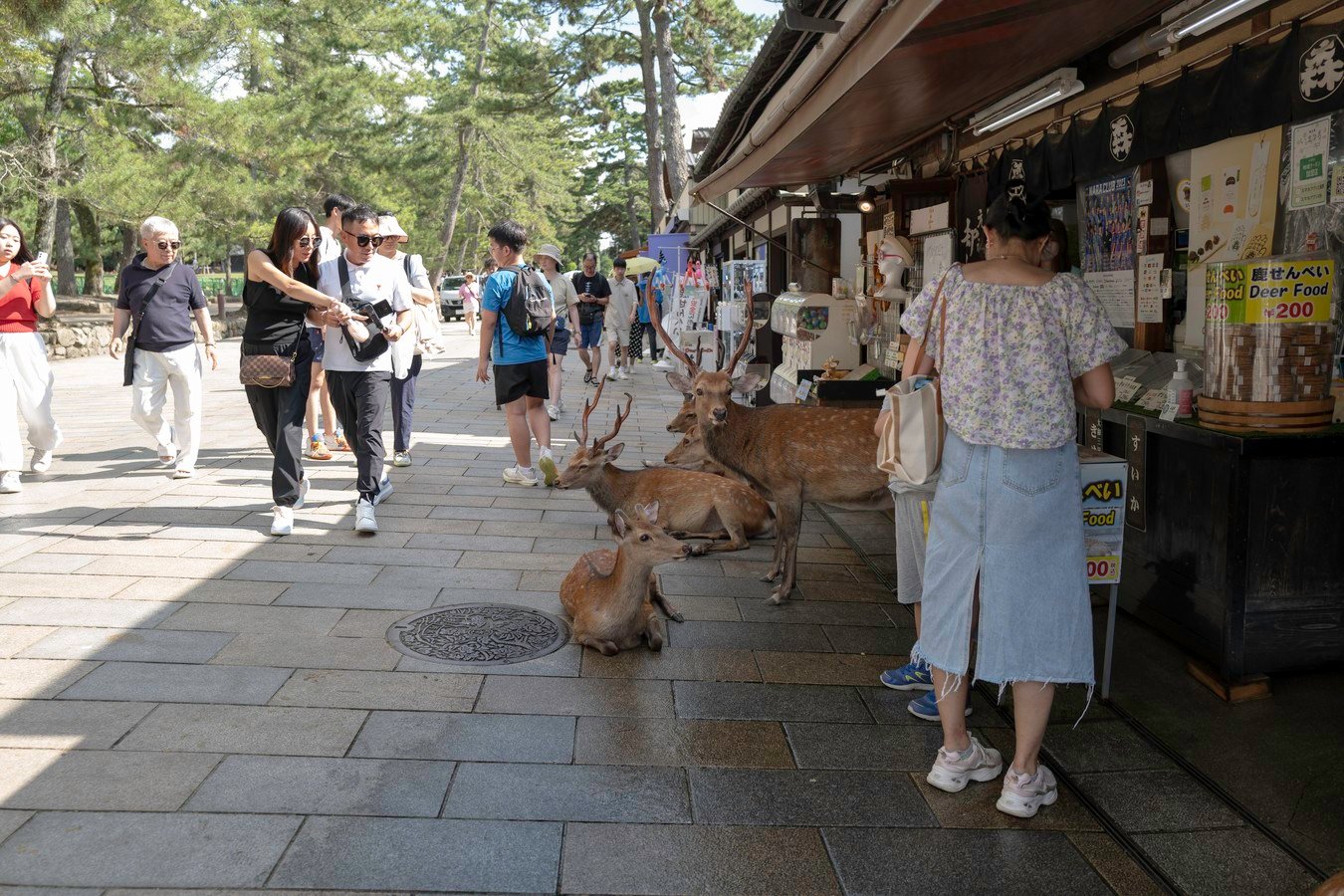Discovering Nara’s Highlights
Nara Prefecture, a short trip from Osaka or Kyoto, brims with ancient temples, sacred mountains, and serene gardens. It is home to sites like Nara Park, where free-roaming deer captivate visitors, and Todaiji Temple, housing the world’s largest bronze Buddha.
Iconic Temples and Shrines
Explore Horyuji Temple, one of the oldest wooden structures globally, and the majestic Todaiji Temple, entered through the towering Nandaimon Gate. Nearby, the Kohfukuji National Treasure Hall showcases lifelike Buddhist sculptures by renowned artists like Unkei.
Don’t miss Kasugataisha Shrine, adorned with ornate brass lanterns and wisteria blooms in May. The shrine’s vibrant vermillion and white colors make it a standout cultural treasure.
Natural Beauty and Wildlife
Nara Park offers 660 hectares of greenery, famous for its 1,000 tame deer that visitors can feed with special crackers. The park also features traditional tea houses, snacks, and souvenir shops.
For a tranquil retreat, visit Isuien Garden, which showcases classical Japanese garden design with lush scenery and seasonal beauty, particularly in autumn.
Panoramic Views and History
Hike through the sacred Mt. Kasuga Primeval Forest, a UNESCO World Heritage site, or ascend Mt. Wakakusa for sweeping views of the city. The scenic Nara Okuyama Driveway offers an alternative route for breathtaking vistas.
The Nara National Museum is a must-visit for Buddhist art enthusiasts, featuring Meiji-era architecture and an impressive collection of artifacts.
A Sanctuary of Culture and Nature
Whether feeding gentle deer in Nara Park, strolling through historic pilgrimage routes, or marveling at ancient temples, Nara offers a harmonious blend of culture and natural splendor.



